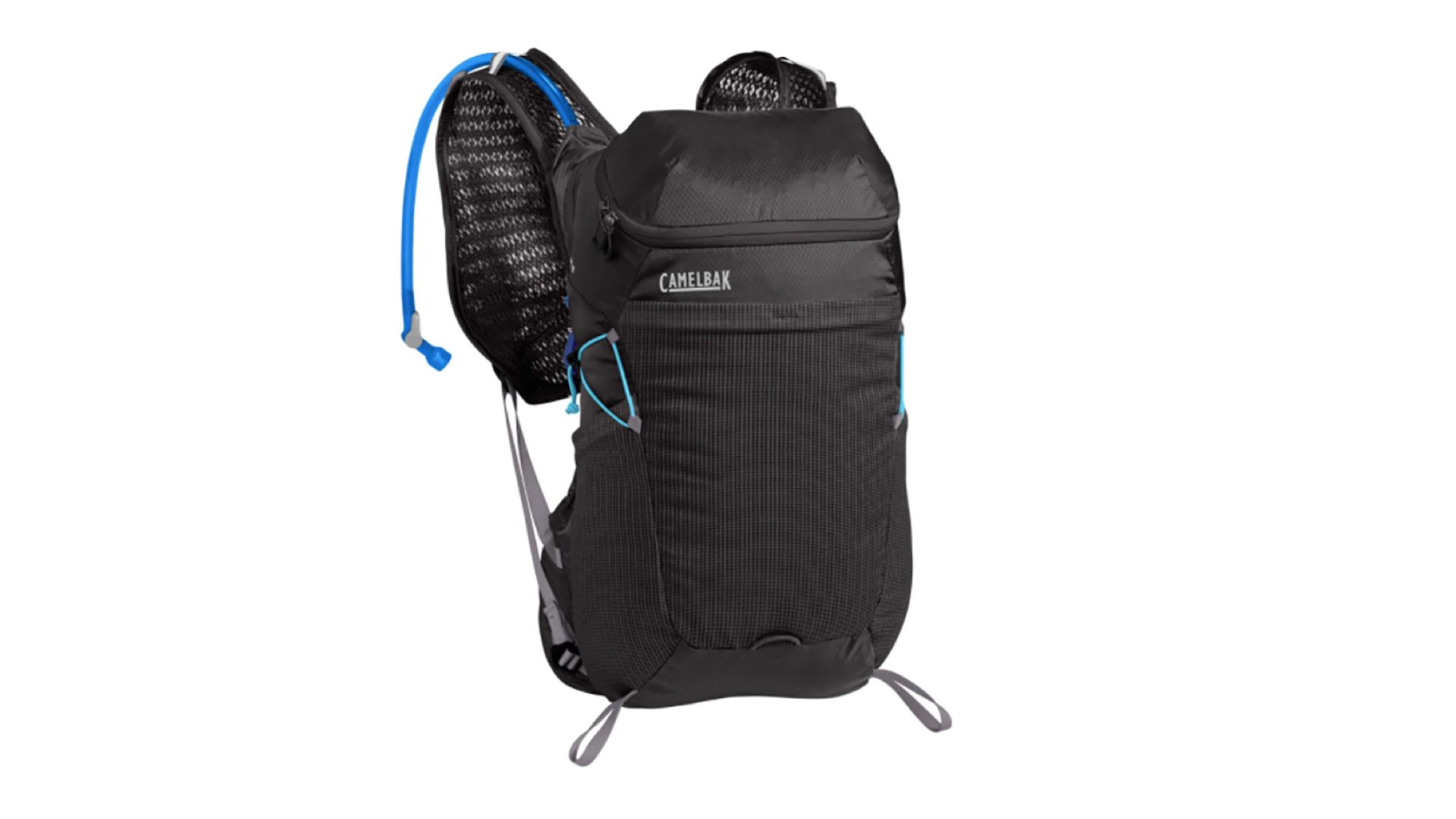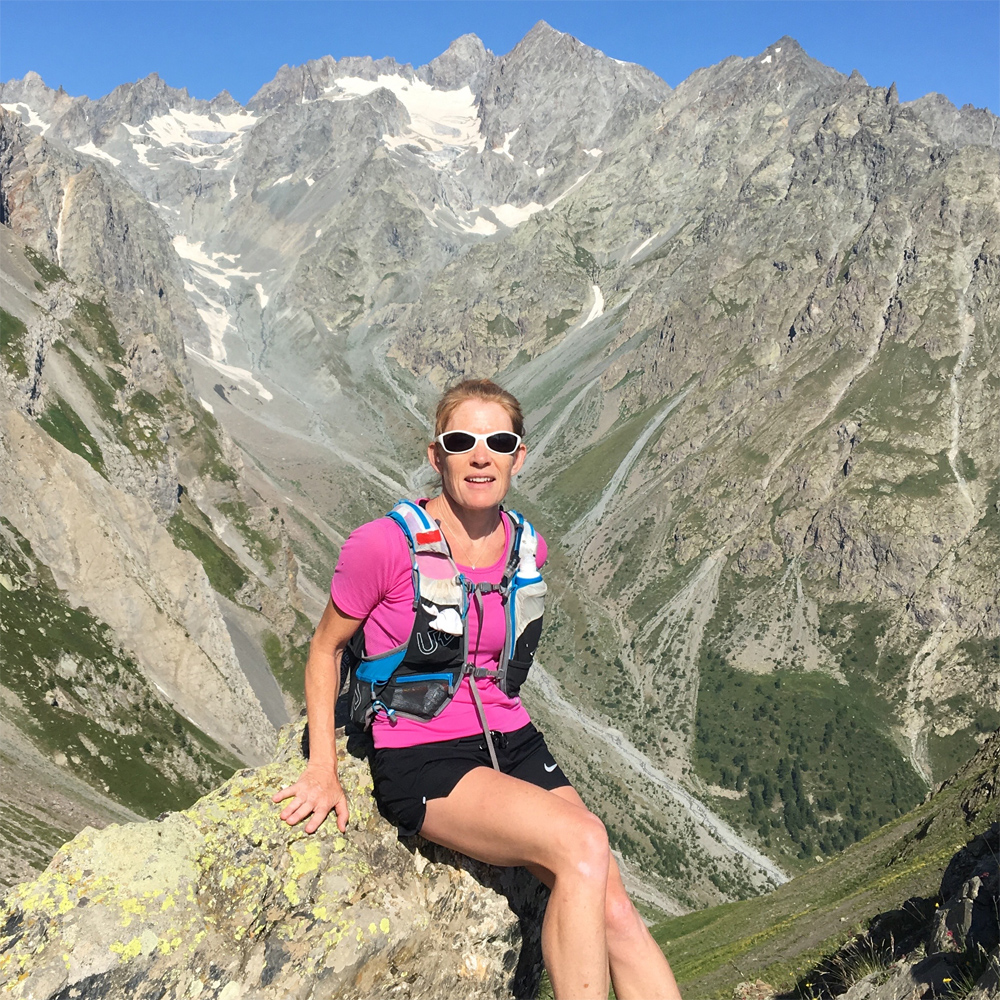Advnture Verdict
A versatile and spacious hydro pack, well-suited for day hiking, hut-to-hut trips, backcountry snowsports and even commuting.
Pros
- +
Easy-to-refill reservoir
- +
Versatile (could even be a commuter pack)
- +
internal frame support
- +
copious amounts of storage
Cons
- -
Lack of durability
- -
Not ideal for smaller women
You can trust Advnture
Camelbak Octane 18 Hydration Pack: first impressions
The roomy Camelbak Octane 18 Hydration Pack – which nabs a well-earned place on our selection of the best hydration pack buying guide – will comfortably and securely tote all the gear, hydration, and snacks you need for several hours out.
Though quite pliable and lightweight, it has some elements of a traditional backpack, offering some structure in the back. While not a full-on internal frame, the lightly padded frame sheet makes packing, retrieving and refilling a bladder much easier than with flimsier packs, where considerable stuffing can be required.
The lightweight nature combined with the structure and padding may also make this an option for backcountry snow sport, depending on gear, and its easy-to-wear design even led us to use the padded reservoir space for a laptop, making this an excellent commuter pack.
Materials are tough and durable, and mostly non-abrasive, though wearing a t-shirt is going to work better than a tank top, where we noticed some chafing on exposed skin during a particularly long, hot walk (here are some other ways to avoid chafing).
While the model is unisex, easy-sliding sternum straps and another set of adjustable straps at the hips dial in the fit. That said, if you’re petite or have a shorter torso, consider trying this one on before buying to ensure you can get the fit you want.
• RRP: $125 (US) / £100 (UK)
• Weight (empty): 398g / 14oz
• Hydration Capacity: 2L / 70 oz (reservoir included)
• Gear Capacity: 16L
• Colors: Black / Bluefish
Camelbak Octane 18 Hydration Pack: on the trails
We took this pack up and down several of Colorado’s 13ers and 14ers, including Mt Sherman (14,036 feet / 4,278m), Mt Ouray (13,960 feet / 4,255m) and, the tallest of them all, Mt Elbert (14,433 feet / 4,399m).
We primarily tested this as a hiking rucksack because it was slightly larger than we would have preferred for a trail running pack. That said, the secure, comfortable fit accommodated our faster paces in a pinch, including one moment that we dashed to get below tree line as a thunderstorm was brewing in the distance.
We really liked the intuitive and easy-to-use aspects of the Camelbak hydration reservoir system and drinking tube. As a daypack for 3- to 10-hour adventures, we appreciated the amount of capacity and pockets – especially the zippered pouches on the hip belt. It had just the right amount of features, right down to the rain fly tucked in a hidden bottom compartment that we never had to use.
A seasoned writer and editor in the endurance sport space, Casey has worked with top athletes and coaches on training books and memoirs. A regular contributor to Women's Running, she especially loves writing about running and hiking adventures, which have taken her on trails around the world – including to the Indian Himalaya, the DMZ in Korea and the Tibetan Plateau. She lives in Colorado, where she’s slowly chipping away at hiking all the state’s ‘14er’ mountains.


